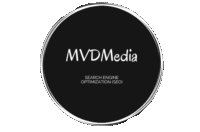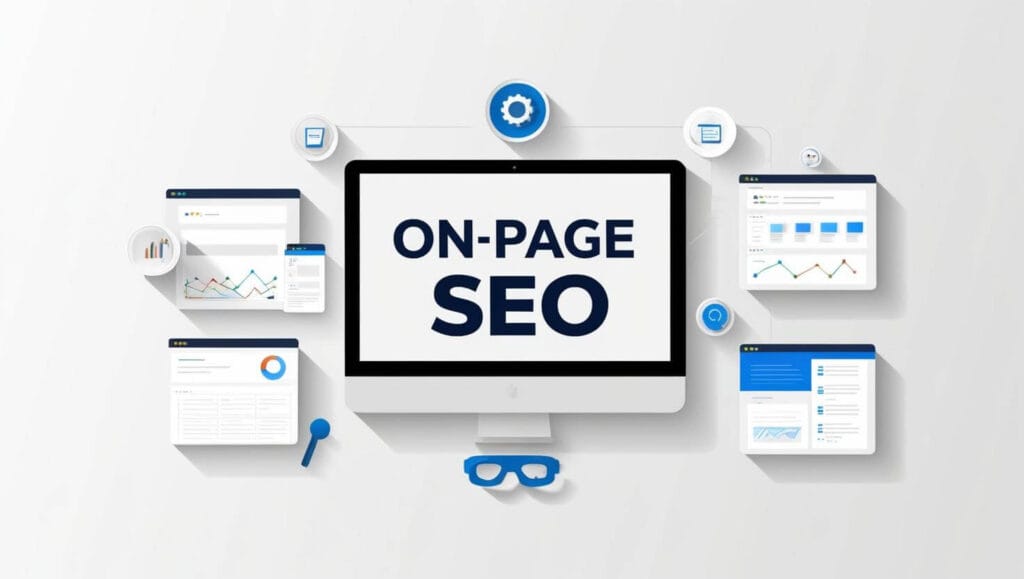Meta Title Optimization in 2025: Boost Your SEO & Click-Through Rates

Learn how to master meta title optimization in 2025 to boost your SEO and increase click-through rates. This article covers best practices for crafting effective meta titles, including ideal length, keyword placement, avoiding duplicates and adding branding.
What is A Meta Title?
A meta title is the clickable headline you see in Google’s search results. It’s also known as a title tag in your page’s HTML code. It’s also called ‘title tag’ or ‘SEO title’.
It’s your page’s first impression. Think of it as your page’s elevator pitch. You’ve got about 60 characters to convince someone to click. A great meta title can increase your click-through rate.
Crafting a good title tag means understanding your audience, using clear language, and teasing what’s inside. So people can’t not click on your website.
Why is A Meta Title Still Important For SEO in 2025?
A well-crafted meta title can boost your organic CTR (Click-Through-Rate). A higher CTR means more traffic to your website. This results in more conversions (if your website is optimized).
According to a 2024 study by Backlinko, pages with well-optimized title tags saw up to 30% higher click-through rates than those with generic or truncated titles. This makes it a very important part of your on-page SEO strategy.
Google might rewrite your meta title if it is poorly written. If your SEO title is strong, Google tends to leave it alone. In a world of AI-driven search and short attention spans, that one line of text could be the difference between page 1 or total invisibility.
Together with your meta description, your title tag will determine your CTR.
Meta Title Best Practices in 2025
Ideal Length & Pixel Width
Keep your meta title short enough to shine but long enough to inform. Stick to 50–60 characters, or roughly 580 pixels. Why pixels? Because Google cuts off long titles based on width, not character count. It’s definitely something to keep in mind.
If Google cuts your meta title off in the search results, your message might get lost. This can have a big influence on your rankings in Google.
Use of Keywords in Titles
Always include your main keyword in the meta title. But never use it multiple times in your title. Google doesn’t like keyword stuffing. You can use semantic keywords to support the main keyword.
Make the keyword feel natural, like it belongs there. The most optimal place for your main keyword is in the front. This will catch the reader’s eye.
For example, if your keyword is ‘meta title’, use: “Meta Title Tips: 10 Ways to Rank Higher Today.”
Avoiding Duplicate Titles
Google hates copy-paste meta titles. Make each title unique, just like every page on your site. Duplicate titles confuse both users and search engines.
Create specific titles that reflect the unique value of each page. Tailor your title tag for each page specifically.
Branding in Meta Titles
If used right, branding is great. Add your brand to the end of the title, unless your name carries big SEO weight.
For example, again with main keyword ‘meta title’, use: “Meta Title: 5 Tips To Skyrocket Your CTR – YourBrand”. It’s clean, recognizable and trust-building.
This works especially well for high-authority brands or when you want to increase recognition over time.
Writing for Clicks, Not Just SEO
A perfectly optimized meta title that no one clicks is useless. Your SEO title has to include your keyword, follow the pixel limits, but it also needs to entice, intrigue and invite. Make sure to trigger something so people can’t NOT click.
Use emotional language, numbers or urgency. Phrases like “step-by-step”, “free tools”, or “you need to know” work great as people like knowing what they’re clicking on.
For example:
✅ “How to Write a Meta Title That Gets Clicks (2025 Guide)”
❌ “Meta Title SEO Optimization Keywords Click Best Practice Guide”
You’re not writing for Google. You’re writing for a busy human who just wants answers.
How To Create An SEO Optimized Meta Title?
1. Understand Your Target Keyword(s)
You can’t write a great meta title if you don’t know what your audience is searching for. Start with keyword research. Look for terms with solid search volume and clear intent. That means people actually want to click, not just browse. Always think about the user first. Don’t forget related keywords.
Make sure you pick keywords you’d actually search for yourself. And remember: one page, one primary keyword. Keep it focused.
2. Keep It Within the Ideal Length
As we already discussed before, the ideal length is around 50-60 characters or 580 pixels. Anything longer risks being cut off with a “…”, which is not a good look. The juicy part of your message disappears, this will have a negative influence on your CTR.
A little tip: Prioritize clarity over cramming. Short and sharp beats long and vague every time.
3. Place Keywords Near the Beginning
People scan the search results fast. So put your main keyword right at the front where it gets noticed first. Search engines also give more weight to the first few words.
Another example:
✅ “Meta Title Optimization Tips for Beginners”
❌ “Top Tips for Beginners to Improve Their Meta Title”
The first example hits immediately. The second one is less clear.
4. Make It Descriptive & natural, Not Just Stuffed With Keywords
Make your meta title as natural as possible, it should sound like a human wrote it. A good title describes exactly what the user will get. Be specific.
For example:
✅ “Meta Title Guide for 2025: Simple Steps That Work”
❌ “Meta Title SEO Meta Title Guide”
A little tip: keep it human, helpful and honest.
5. Add a Unique Selling Point (USP) or Value Proposition
Show why someone should click your result instead of the nine other websites on page 1 in Google. Show your USP, that one thing that makes your page that bit better.
Add hooks like “free tools,” “2025 update,” “step-by-step” or “no jargon.” These trigger interest and build trust.
People don’t click generic. They click value. Make it obvious what they’re going to get.
6. Consider Adding Your Brand Name
As already mentioned before in this article, branding in meta titles isn’t required, but it can help. Especially if your brand has authority.
If your brand is known and trusted, include it at the end. Keep it short and don’t force it. This builds trust, improves recognition, and helps with branded searches later on.
For unknown brands? Focus on the value first. You can earn that trust in time. If you’re building a strong content library, consistency in branding also strengthens your overall SEO game.
The 3 Best Free Tools To Help You With Meta Titles
1. Yoast SEO
If you’re using WordPress, Yoast SEO is an amazing free plugin to help you craft the perfect meta title. It gives live feedback while you write. It also shows a real-time Google preview, so you know exactly how your title tag will look in the search results.
Key advantages of Yoast SEO:
- Easy Google preview for title tags and descriptions
- Real-time SEO checks with green/red indicators
- Readability feedback to improve structure and flow
- Works directly inside your WordPress dashboard
- Constantly updated with the latest SEO guidelines
2. SERPsim
Just paste your title and description into the simulator. SERPsim instantly shows you how your snippet looks in search results. A big bonus is that SERPsim works in pixels, not just characters.
Key advantages of SERPsim:
- Visual preview of how your title tag appears on Google
- Pixel-based analysis for precision
- Easy to tweak, test, and perfect your snippet
- No signup, no installation
- Helps you avoid cutoff and boring titles
3. RankMath
RankMath is a plugin in WordPress that will help you write better meta titles. It’s clean, fast, and built with performance in mind. But it also includes advanced schema, redirects, and keyword tracking. All for free. It works perfectly with Elementor and other page builders.
Key advantages of RankMath:
- Fully featured free version
- Dynamic title tag suggestions
- Integrated keyword tracking and scoring
- Lightweight, fast-loading plugin
- Works great with modern page builders


